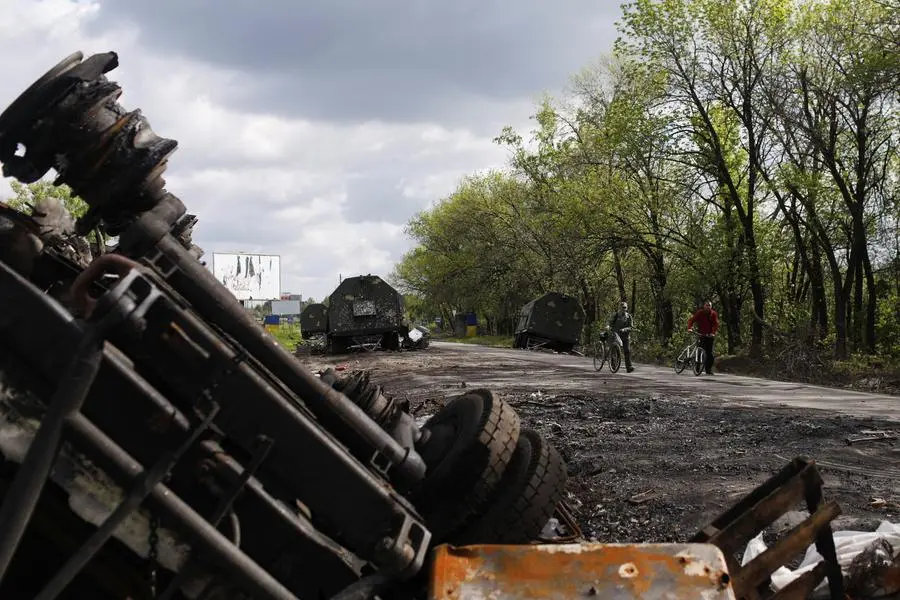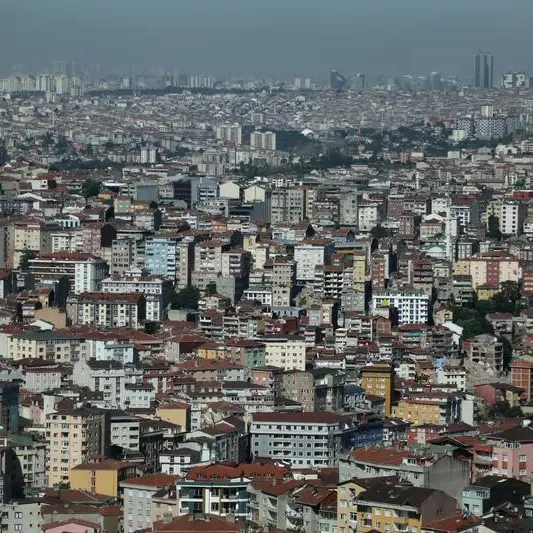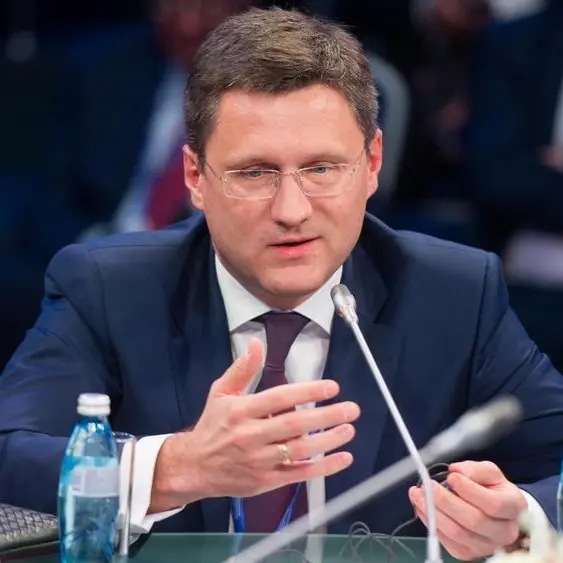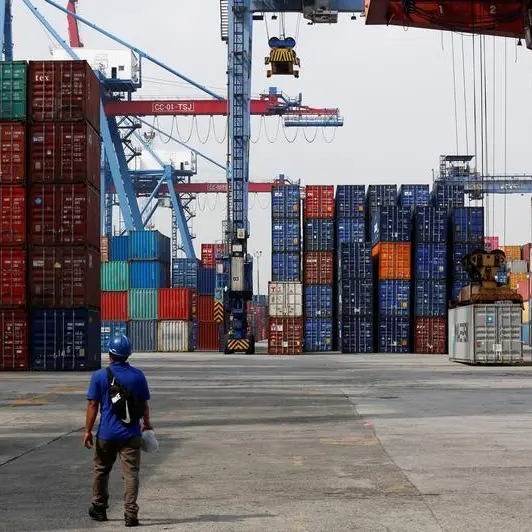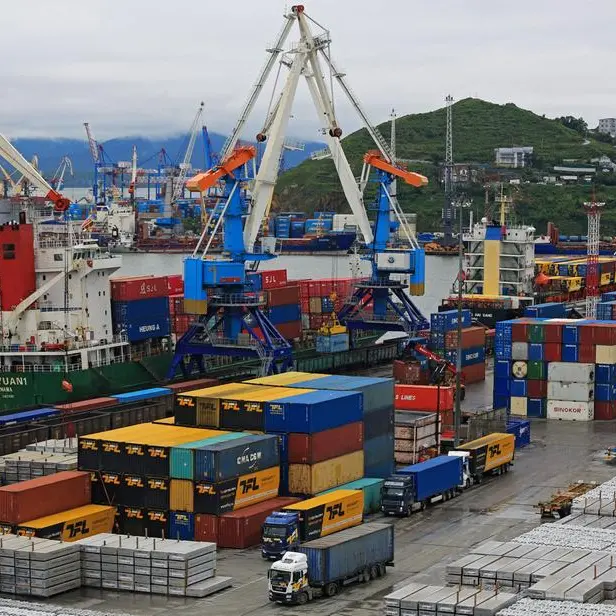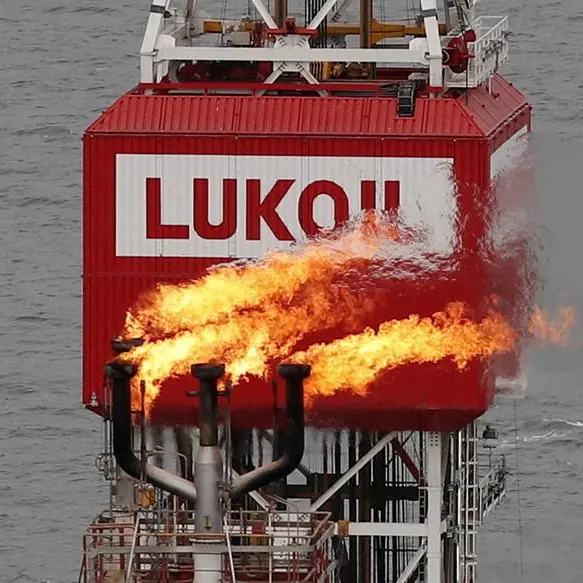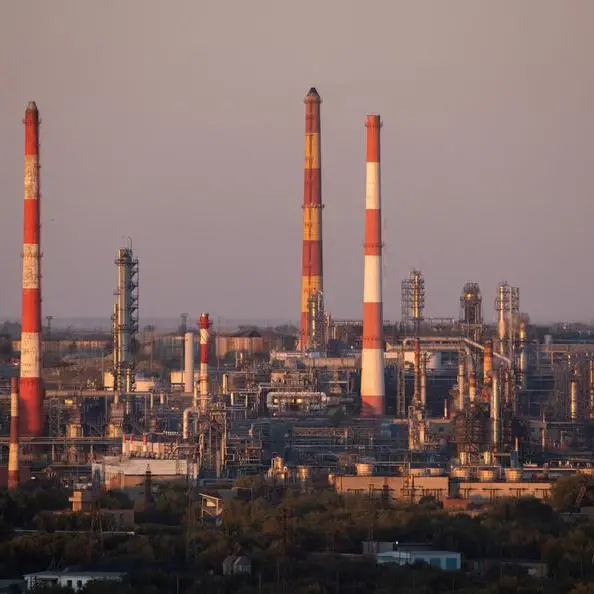PHOTO
The town of Valuyki in western Russia has become a crucial staging post in the latest phase of Russia’s war over the nearby border in Ukraine. Throughout last month, helicopters buzzed overhead, military vehicles clogged the roads, and soldiers prepared for combat at a huge military base there.
It's also a place where soldiers’ relatives and private citizens are working to provide supplies and equipment for troops based near the town to address shortages, including drones, radios and heat-detecting rifle sights, according to six volunteers and three soldiers Reuters spoke to, as well as a review of social media channels volunteers use to coordinate efforts.
Among them is Olga Lukina, a local resident who said her husband serves in a non-combat role in a Russian military reconnaissance unit. She told Reuters some reconnaissance units were short of drones and night-vision equipment, in particular, while other units fighting in Ukraine “need food, diesel, somewhere to wash themselves and wash their clothes.”
British military intelligence and the Pentagon, in published assessments, have said Russia’s campaign has been slowed by problems with getting supplies such as food and fuel as well as essential services to its troops. Russia has in the past few weeks established control over the Azov Sea port of Mariupol and made incremental territorial gains in the Ukrainian region of Donbas, but Western governments say that came at a high cost in men and equipment, and that Russia has failed to achieve its initial objectives.
Asked by Reuters to comment, Kremlin spokesman Dmitry Peskov referred questions to the Defence Ministry. The ministry did not respond to detailed questions sent by Reuters.
The previously unreported issues linked to Valuyki provide a rare window into operations at and around a major and strategically important base as the Russian military scrambles to maintain a renewed offensive in eastern Ukraine.
More than three months after launching a war against its heavily outnumbered and outgunned neighbour, Russia has withdrawn from much of northern Ukraine to refocus on the east.
The Pentagon, in April briefings, said Russian troops were regrouping around Valuyki and were attempting to form the northern part of a pincer movement to reach other Russian forces approaching from the south and isolate the eastern Donbas region from the rest of Ukraine.
Rather than the swift victory the West says Russian President Vladimir Putin intended, he’s now entrenched in a grinding conflict, inflicting a heavy death toll on Russian troops. In the first three months of the war in Ukraine, as many Russian soldiers were likely killed as in the Soviet Union’s 9-year campaign in Afghanistan, according to Britain’s defence ministry.
Moscow, which calls it a special military operation that it portrays as a battle to defend Russia against the West, has said the war is going to plan and that the military has everything it needs to fight the war. Ukraine says its forces are also sustaining heavy losses and the government has launched a crowd-funding campaign to support the armed forces, among other needs.
INFLUX OF TROOPS
Valuyki, which is in the Belgorod region and surrounded by cornfields, is some 15 kilometres (about 9 miles) from the nearest border with Ukraine. It is strategically located just east of Ukraine’s second city of Kharkiv and north of the Russian-backed Donbas region.
Construction of the main military garrison near the town, located outside the nearby village of Soloti, started in 2015 in the wake of Moscow’s annexation of Crimea and launch of a military campaign to support pro-Russian separatists in Donbas.
Plans for the 300-hectare site included barracks for several thousand soldiers with a construction contract worth up to about $50 million, according to publicly-available state procurement documents.
Earlier this year, as Putin prepared for his February invasion of Ukraine, the area around the base saw increased military movement, according to satellite images released by U.S.-based Maxar Technologies..
In mid-April, following Russia’s withdrawal from the north of Ukraine, troops and equipment poured into Valuyki, according to three locals. Satellite images taken in May, of the site of a smaller base near Valuyki, showed a cluster of armoured trucks and a structure that Maxar said was a field hospital. They were not there in February.
Among those passing through the area were paratroopers from Russia’s elite 76th Guards Air Assault Division who had been stationed in Bucha during Russia’s bloody occupation of the town near Kyiv, according to documents found by Reuters.
One of them, Kirill Kryuchkov, posted on Instagram on April 19 a video showing a group of people in military uniform drinking beer in a café that Reuters identified as one in Valuyki. A staff member who saw the video and recognised the soldiers as customers who visited around that time, said the same group came in almost every day for a week, before abruptly stopping.
“All the soldiers who come to our establishment want one thing: to unwind psychologically, and clearly they have a reason for doing that,” she said. Kryuchkov did not respond to requests for comment.
Other soldiers have come to Valuyki in order to get resupplied. A man who identified himself as a soldier in a logistics unit called Rafael Aliev posted on a Valuyki community forum a May 26 post saying he was getting his vehicle repaired after it was damaged by shrapnel in the fighting. “But the Russian Federation’s Ministry of Defence, damnit, does not have spare parts,” he wrote.
Contacted by Reuters, he said spare parts generally were not always readily at hand, and that it could take a month for them to arrive. To avoid waiting, soldiers sometimes turn to volunteers to get the equipment they need, he said.
Aliev is also among soldiers who have relied on locals for help with laundry. Valuyki resident Lyubov Zazharskaya said she washes in her machine at home dirty laundry from soldiers returning from Ukraine and has ironed a serviceman’s uniform so he could attend a comrade’s funeral procession. She said laundry facilities at the bases could not keep up.
Neither the Kremlin nor the defence ministry responded to Reuters questions about troop deployments to Valuyki, conditions there for soldiers or the cost of constructing the base.
EQUIPMENT SHORTAGES
Reuters was granted access to a private channel in the online messaging app Telegram where volunteers based in the Belgorod region coordinate efforts to get equipment to soldiers. Administrators posted lists of items they said were needed most urgently by troops. The items are available from regular commercial retailers but can be put to military use.
“We urgently need to obtain at least 3 drones like these before Saturday for our police special forces,” one administrator in the chat, who used the name Ruslana, posted on April 12. “They are badly needed and could save the lives of lots of our guys.”
The administrator included a screenshot of a page from an online retailer showing what the retailer said was a quadrocopter drone made by Chinese firm SZ DJI Technology Co. The retailer listed the price at the time as 92,990 roubles (about $1,100).
When approached for comment for this article, the person identified as Ruslana declined to answer questions about the practice of supplying equipment for the military, saying Reuters was owned by people from “unfriendly countries.”
DJI told Reuters it had in April suspended its business in Russia and Ukraine and an assessment of compliance requirements in various jurisdictions is ongoing in light of the hostilities.
A post that appeared on May 18 in the same chat from someone called Roman, read: “Friends, we’re collecting humanitarian aid, and for the front. The soldiers urgently need 16 radios. Suitable models: Motorola DP4800/DP4801, Hytera TC-508.” Reuters was unable to reach the person who posted the message.
Once purchased, the items are collected then handed to the military, often at drop-off points around Valuyki and the city of Belgorod, the regional capital, according to posts in the channel and four people involved. Reuters was unable to determine the volume collected.
The Telegram channel features videos where men in camouflage gear and balaclavas hold boxes of donated equipment and thank the donors who provided them. “Thank you, comrades, for not abandoning us,” said one man in a May 23 post as he unpacked a small drone.
An employee of a Russian state organisation who works in the city of Belgorod told Reuters that bosses had instructed her and her colleagues to donate one day’s worth of wages to pay for drones and thermal sights for Russian forces in Ukraine. The employee did not want her identity, or her employer, to be identified, citing a fear of reprisals. Reuters independently confirmed that she is a public employee.
The Kremlin and the defence ministry didn’t respond to questions about volunteers providing equipment for the military.
‘I CRIED’
A woman who said she was the mother of a soldier based in Valuyki and sent to Ukraine told Reuters that since the conflict began, she has twice made the nearly four-hour drive from her home to Valuyki to bring food for her son’s unit because combat rations were insufficient. Some people in her son’s unit had boots with the soles falling off, and Soviet-style canvas jackets with cotton padding inside that did not keep them warm, said the woman, who also asked not to be identified.
“When I saw this, I cried,” she said, describing the unkempt appearance of people in her son’s unit, without identifying which unit. Reuters independently verified that her son is in the Russian military but couldn’t establish the specific unit.
Neither the Kremlin nor the defence ministry responded to Reuters questions about the mother’s account.
(Editing by Cassell Bryan-Low)
